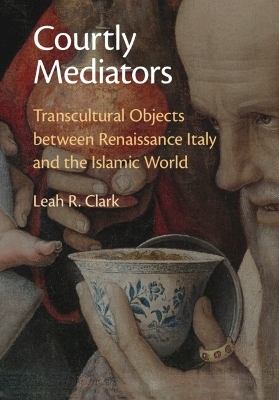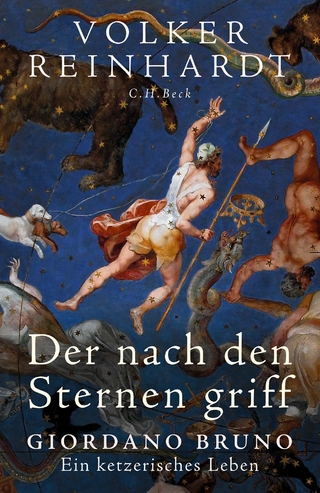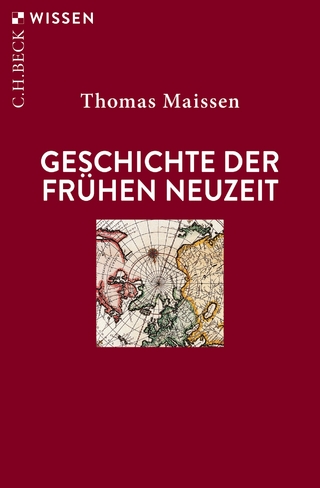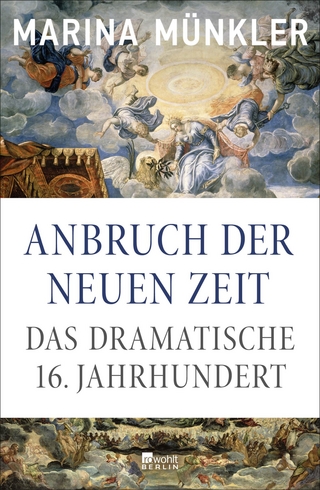
Courtly Mediators
Transcultural Objects between Renaissance Italy and the Islamic World
Seiten
2023
Cambridge University Press (Verlag)
978-1-009-27621-4 (ISBN)
Cambridge University Press (Verlag)
978-1-009-27621-4 (ISBN)
This book will appeal to anyone interested in Renaissance culture and more specifically the art and material culture of the Italian Renaissance courts and their relationship with other courts across the Mediterranean including the Mamluks and Ottomans.
In Courtly Mediators, Leah R. Clark investigates the exchange of a range of materials and objects, including metalware, ceramic drug jars, Chinese porcelain, and aromatics, across the early modern Italian, Mamluk, and Ottoman courts. She provides a new narrative that places Aragonese Naples at the center of an international courtly culture, where cosmopolitanism and the transcultural flourished, and in which artists, ambassadors, and luxury goods actively participated. By articulating how and why transcultural objects were exchanged, displayed, copied, and framed, she provides a new methodological framework that transforms our understanding of the Italian Renaissance court. Clark's volume provides a multi-sensorial, innovative reading of Italian Renaissance art. It demonstrates that the early modern culture of collecting was more than a humanistic enterprise associated with the European roots of the Renaissance. Rather, it was sustained by interactions with global material cultures from the Islamic world and beyond.
In Courtly Mediators, Leah R. Clark investigates the exchange of a range of materials and objects, including metalware, ceramic drug jars, Chinese porcelain, and aromatics, across the early modern Italian, Mamluk, and Ottoman courts. She provides a new narrative that places Aragonese Naples at the center of an international courtly culture, where cosmopolitanism and the transcultural flourished, and in which artists, ambassadors, and luxury goods actively participated. By articulating how and why transcultural objects were exchanged, displayed, copied, and framed, she provides a new methodological framework that transforms our understanding of the Italian Renaissance court. Clark's volume provides a multi-sensorial, innovative reading of Italian Renaissance art. It demonstrates that the early modern culture of collecting was more than a humanistic enterprise associated with the European roots of the Renaissance. Rather, it was sustained by interactions with global material cultures from the Islamic world and beyond.
Leah R. Clark is Associate Professor of History of Art in the Department for Continuing Education and Fellow of Kellogg College at the University of Oxford. She is the author of Collecting Art in the Italian Renaissance Court (2018) and co-editor, with Kathleen Christian, of European Art and the Wider World, 1350-1550 (Manchester University Press, 2017).
1. Diplomatic entanglements: mediating objects and transcultural encounters; 2. Mobile things/mobile motifs: ornament, language, and haptic space; 3. The peregrinations of porcelain: from mobility to frames; 4. Fit for the gods: porcelain in Alfonso d”Este's camerini; 5. From the Silk Roads to the court apothecary: aromatics and receptacles; Conclusion: arresting mobility.
| Erscheinungsdatum | 04.08.2023 |
|---|---|
| Zusatzinfo | Worked examples or Exercises |
| Verlagsort | Cambridge |
| Sprache | englisch |
| Maße | 182 x 259 mm |
| Gewicht | 910 g |
| Themenwelt | Kunst / Musik / Theater ► Kunstgeschichte / Kunststile |
| Geschichte ► Allgemeine Geschichte ► Neuzeit (bis 1918) | |
| ISBN-10 | 1-009-27621-2 / 1009276212 |
| ISBN-13 | 978-1-009-27621-4 / 9781009276214 |
| Zustand | Neuware |
| Informationen gemäß Produktsicherheitsverordnung (GPSR) | |
| Haben Sie eine Frage zum Produkt? |
Mehr entdecken
aus dem Bereich
aus dem Bereich
Giordano Bruno - ein ketzerisches Leben
Buch | Hardcover (2024)
C.H.Beck (Verlag)
29,90 €
das dramatische 16. Jahrhundert
Buch | Hardcover (2024)
Rowohlt Berlin (Verlag)
34,00 €


